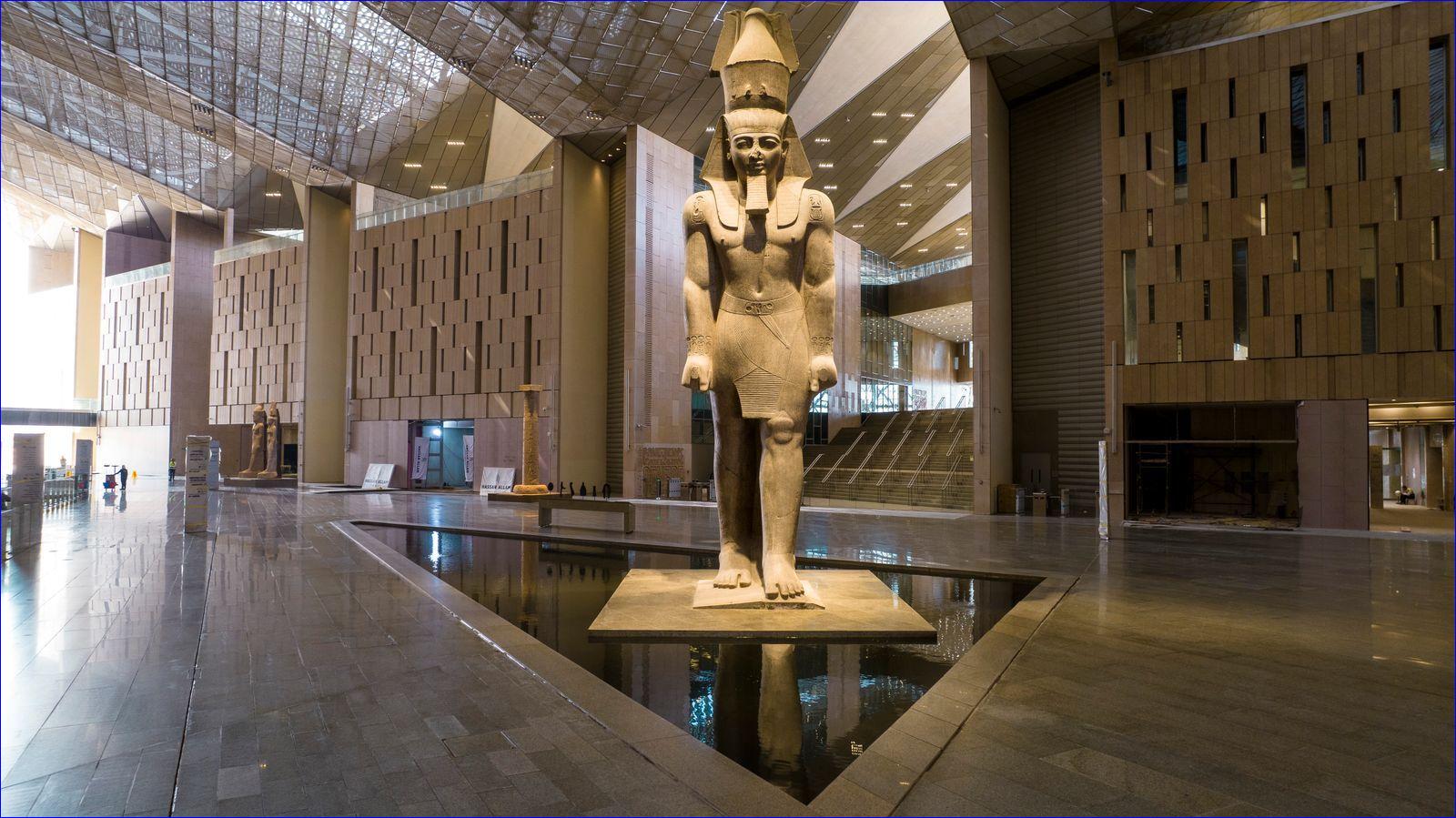


For Assyrians in today's Iraq, this monumental event holds profound lessons and inspiration. The Egyptian example demonstrates how a nation can reawaken its ancient glory through the power of cultural preservation and public education. Just as the pharaohs' tombs and hieroglyphs were revived to tell the story of Egypt's greatness, so too can the ruins of Nineveh, Ashur, and Nimrud speak again if their heritage is protected, celebrated, and taught to the younger generations. The Assyrian legacy--its libraries, art, language, and faith--deserves to stand proudly in museums, schools, and public consciousness as a cornerstone of Mesopotamia's collective identity.
The future of Assyria in Iraq, however, depends on more than admiration--it requires action. The establishment of an Assyrian National Museum or the revitalization of existing Assyrian cultural centers would serve as tangible steps toward reclaiming a rightful place in the narrative of Iraqi civilization. Through archaeology, language revival, and historical documentation, Iraq could honor all its ancient roots, ensuring that the Assyrian story is told not as a fragment of history, but as an ongoing chapter of resilience and contribution. Cultural inclusion is not a luxury; it is a necessity for the moral and intellectual healing of a nation long divided by war and neglect.
The Egyptian Museum also teaches the value of global cooperation. Egypt's success came through international partnerships, academic exchanges, and heritage tourism. Likewise, Assyrian preservation efforts in Iraq could flourish through collaboration with UNESCO, global universities, and the Assyrian diaspora. When the world sees the lamassu standing again at the gates of Nineveh, when children in Iraq learn that the world's first library was built by their ancestors, they will begin to recognize the universal significance of Assyria's rebirth--one that belongs not only to Assyrians but to all humanity.
Ultimately, the opening of the Egyptian Museum is more than a cultural milestone--it is a mirror reflecting what Iraq could achieve if it embraced the totality of its ancient heritage. The Assyrian identity, long buried under the sands of time and modern indifference, awaits its renaissance. Just as Egypt reclaimed its pharaonic pride, Assyria too can rise again as a symbol of wisdom, art, and faith--a civilization reborn within a modern nation, lighting the path from the ruins of the past to the promise of the future.
Guest Editorial Policy

or register to post a comment.